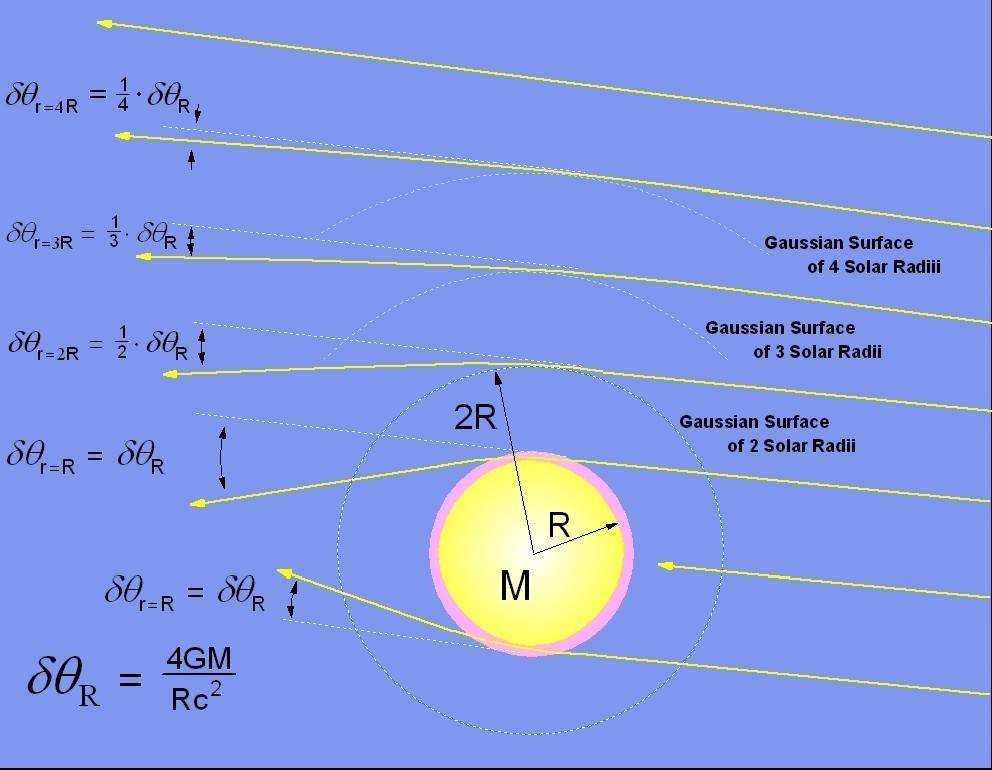The Gaia spacecraft is an impressive technical feat. Its main mission is to map the position and motion of over a billion stars in our galaxy, creating the most comprehensive map of the Milky Way to date. Gaia collects such an amount of precision data that it can make discoveries far beyond its primary mission. For example, by looking at the spectrum of stars, astronomers can measure the mass of individual stars with an accuracy of 25%. From the movement of stars, astronomers can measure the distribution of dark matter in the Milky Way. Gaia can also discover exoplanets when they pass a star. But one of the more surprising uses is that Gaia could help us detect cosmic gravitational waves.
A new study shows how it can be done. The work is based on an earlier study performed using Very Long Baseline Interferometry (VLBI) where radio telescopes measured the position and apparent motion of quasars. Quasars are radio sources of light billions of light years away. Because quasars are so far away, they act like fixed points in the sky. By precisely measuring quasars, we can locate positions on Earth with as much precision that we can see how the continents drift due to plate tectonics and how the Earth’s rotation slows down over time.
While quasars are essentially fixed points, their light can be slightly deflected by gravitational lensing. If a star passes through a quasar line of sight, the quasar appears to move slightly. Since gravitational waves can also deflect light, we could detect the presence of gravitational waves through the apparent jitter of quasars. VLBI observations of quasars found no indication of gravitational waves, placing an upper limit on them in our region of space.

Although Gaia’s position measurements are not as accurate as VLBI, they are accurate enough to detect the gravitational lens. In fact, astronomers must take into account the lens effect of the sun when analyzing Gaia data. So the team looked at Gaia’s position data for 400,000 quasars. Although quasars are not stars, many of them are optically bright, and Gaia measures their position as if they were stars. The team looked for statistical evidence of oscillation in the Gaia quasar data and found none. But given the large number of observed quasars, they could place a stronger upper limit on local gravitational waves. From this study, the team showed that there are no supermassive binary black holes within our local cluster, which includes both the Milky Way and the Andromeda galaxy.
What’s great about this study is that it shows the power of big data. When we observe the skies with both large scale and great precision, astronomers can use data in innovative ways. Gaia never intended to study gravitational waves, and yet it can. As we continue to enter the realm of big data astronomy, who knows what more we will discover.
Reference: Shohei Aoyama et al. “Gaia 400894 QSO constraint on the energy density of low frequency gravitational waves. ” preprint arXiv arXiv: 2105.04039 (2021).
 Universo Viviente
Universo Viviente



